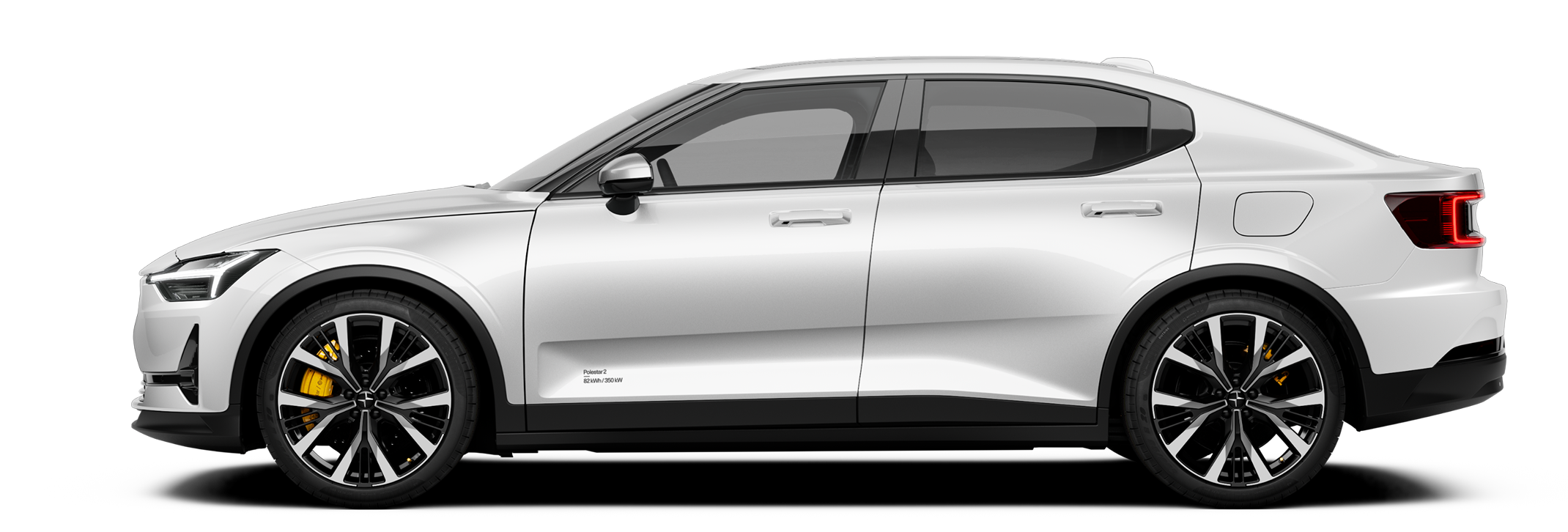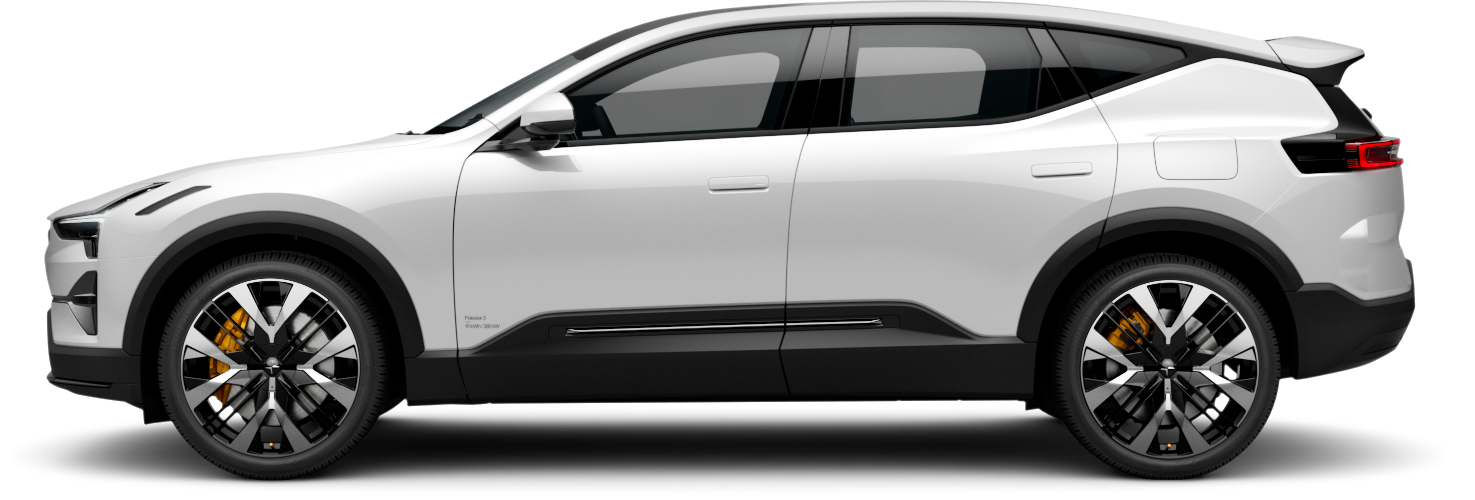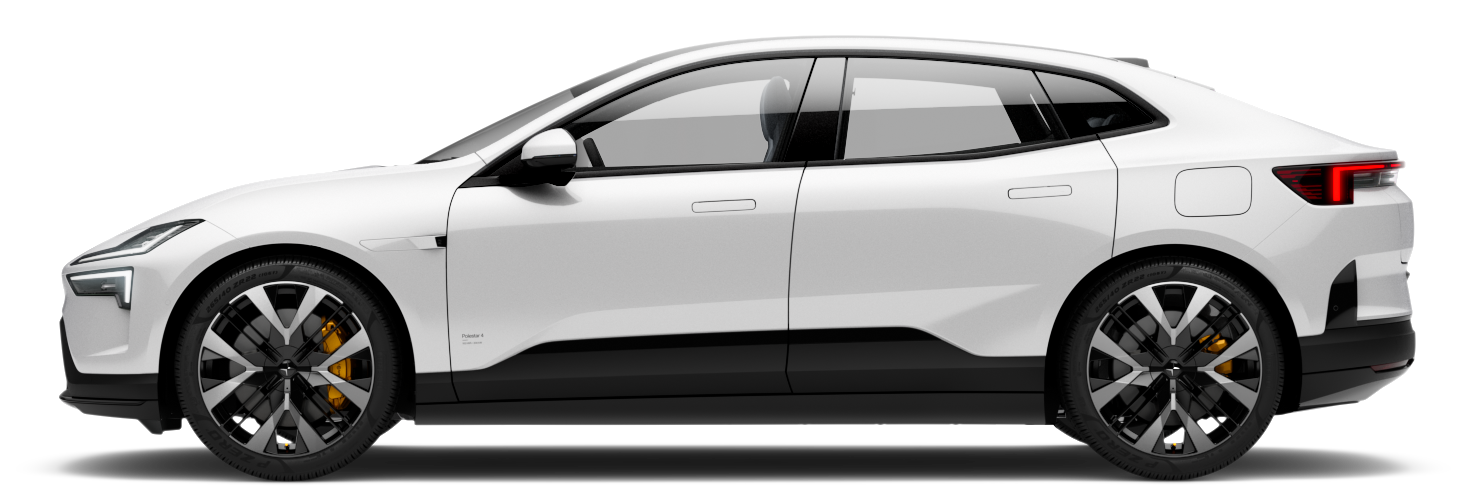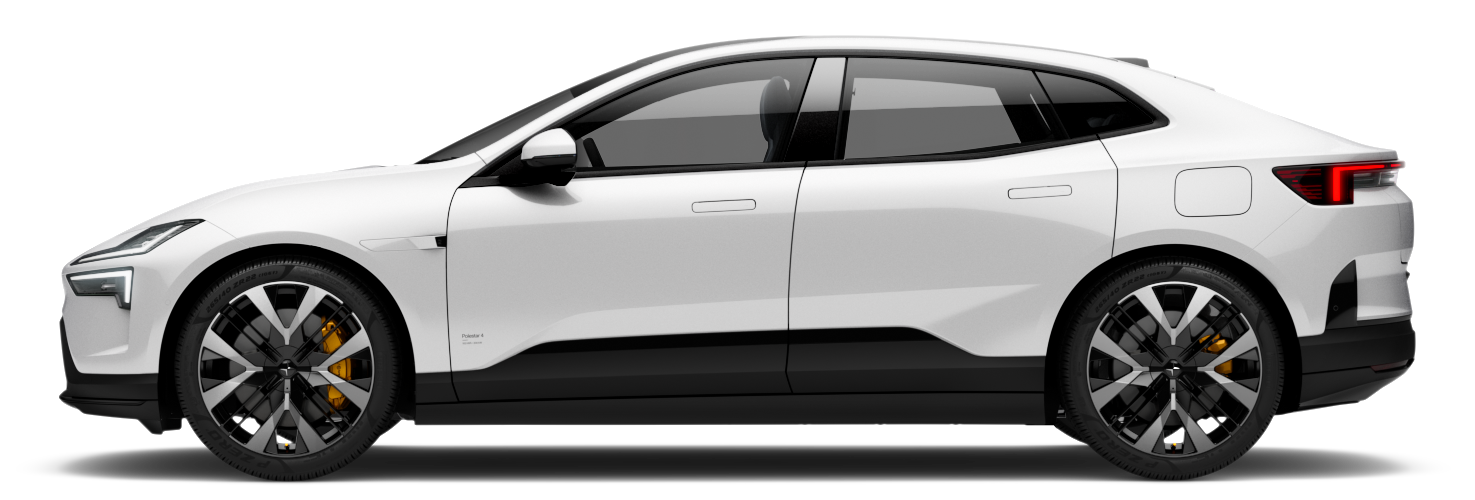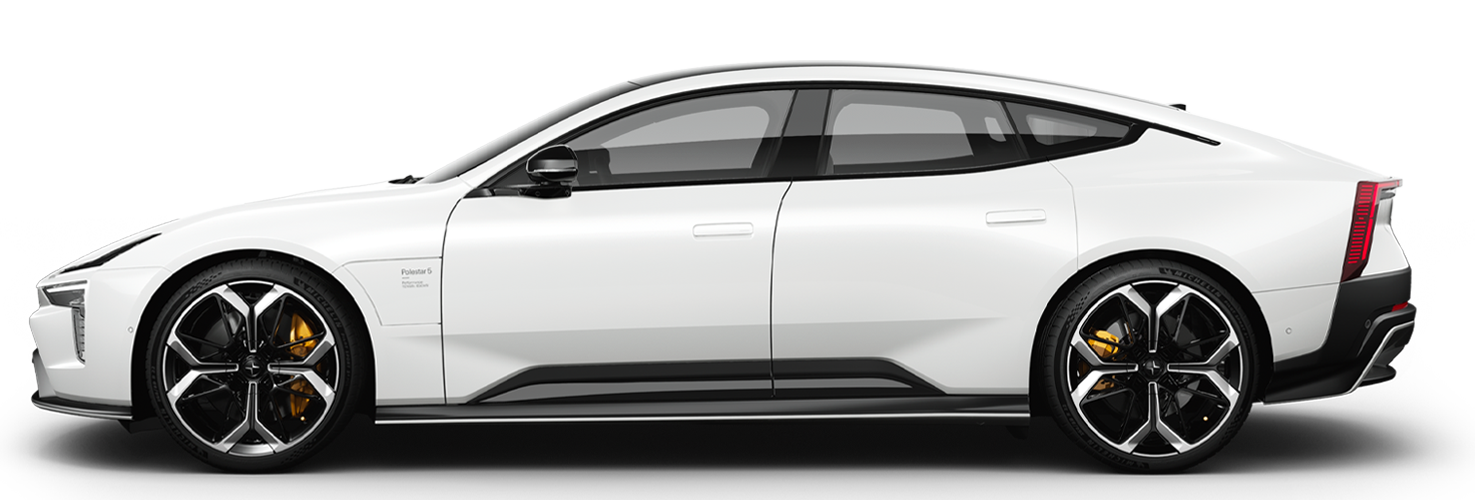Table for location of child seats using the car's seatbelts
The table gives a recommendation for which child seats suit which locations, and for what size of child.
Note
Always read the Manual section on installing a child seat before installing one in the car.
| Weight | Front seat (with deactivated airbag, only rear-facing child seats)1 | Front seat (with activated airbag, only front-facing child seats)1 | Outer rear seat | Centre rear seat |
|---|---|---|---|---|
Group 0 max 10 kg | U2, 3, 4 | X | U4 | U4 |
Group 0+ max 13 kg | U2, 3, 4 | X | U4 | U4 |
Group 1 9-18 kg | L | UF2, 3, 5, 6 | U5, 6, L | U5, 6 |
Group 2 15-25 kg | L | UF2, 3, 6 | U6, L | U6 |
Group 3 22-36 kg | X | UF2, 3, 7 | U7 | U7 |
U: Suitable for universal category restraints approved for use in this mass group. UF: Suitable for front-facing universally approved child seats. L: Suitable for particular child restraints. These restraints may be of the specific vehicle, restricted or semi-universal categories. X: The seat is not suitable for children in this mass group. | ||||
Warning
Never use a rear-facing child seat on the front passenger seat if the passenger airbag is activated.
Specific information for Australia
Note
The availability of child restraint systems as recommended here can vary between regions. If you cannot find a child restraint system as recommended, there is an extensive list of child restraint systems on ANCAP's website: https://www.ancap.com.au/protocols-and-policies.
